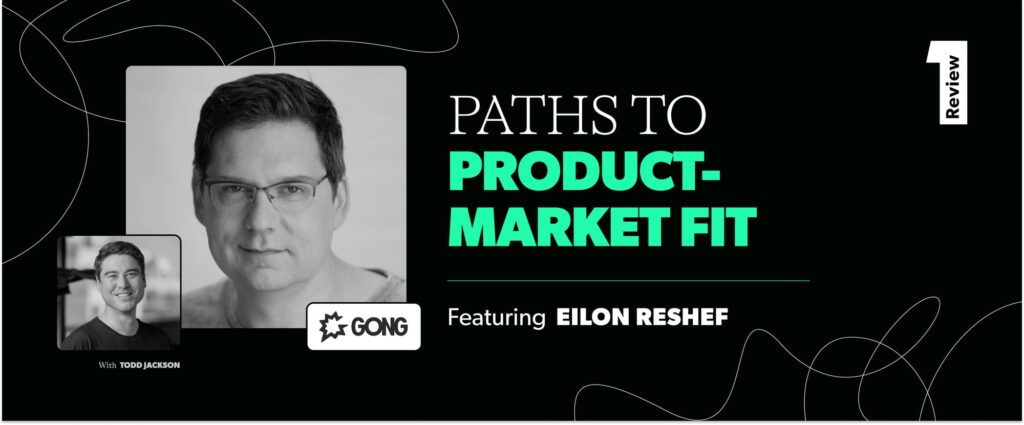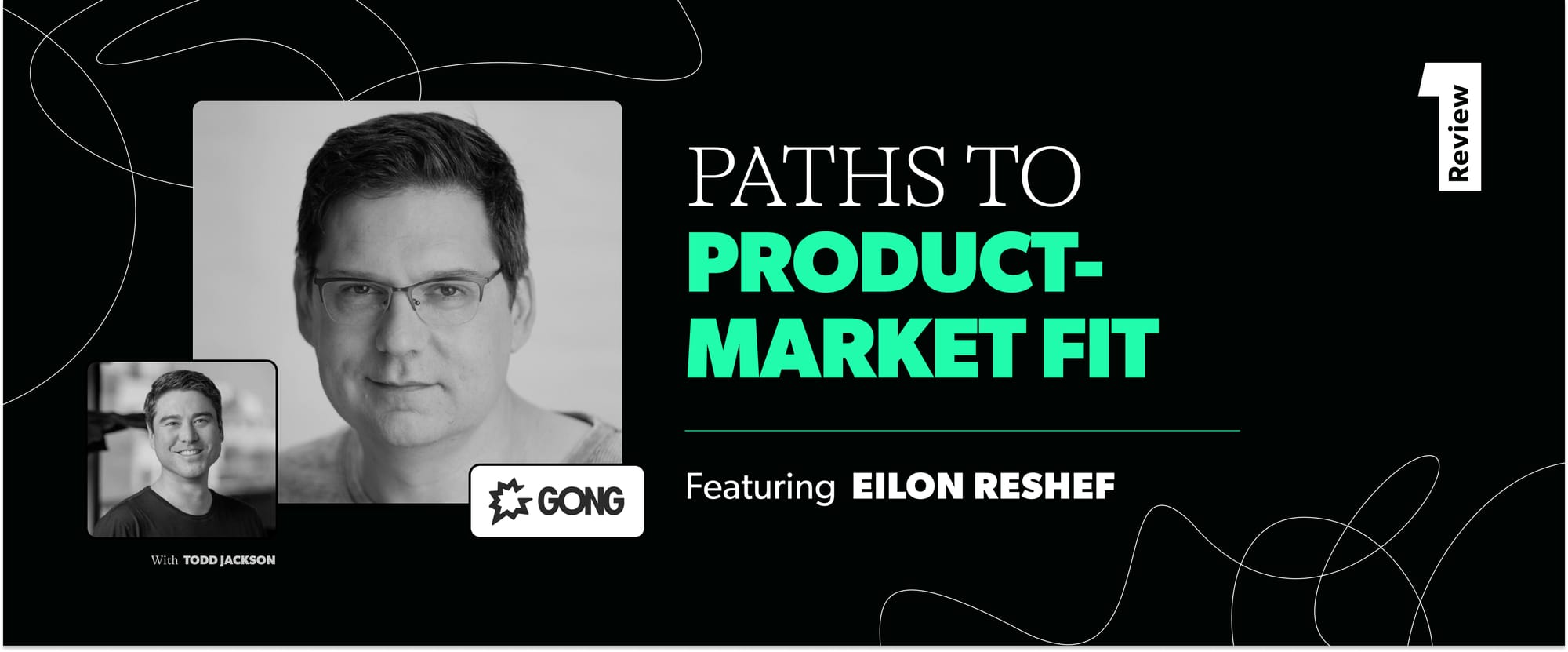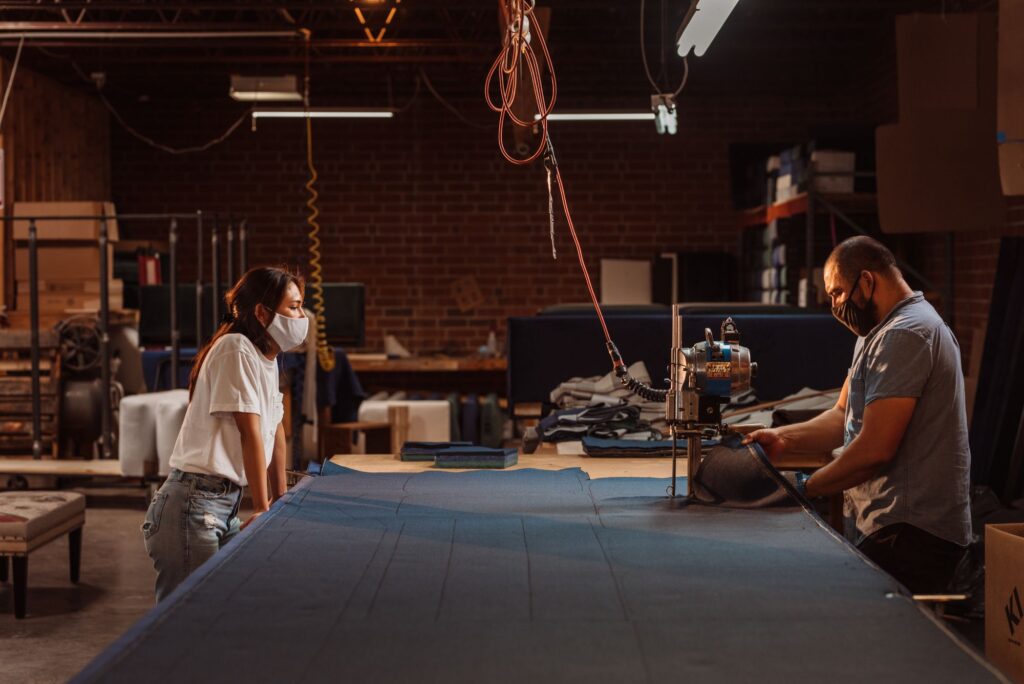Gong’s Path to Product-Market Fit — Why This $7B Company Still Works With Design Partners

There are tons of stories about how now-successful startups took meandering paths and hard-left pivots to find what clicked. Twitter started out as a podcasting platform, Slack was first a live chat for a video game — ) sparked debates with investors. “The idea was to keep it very lean. I even remember one of our investors telling me, 'You’ve got to have your own speech-to-text engine. I said, 'Of course, but I'm not going to put it into a beta.' And he was like, 'Well, that's not affordable. You're going to pay too much. Google charges an arm and a leg. How are you going to figure out the unit economics?’ And I said, ‘I’ll tell you about unit economics when we get to Series B or C. Right now, I want to focus on product-market fit.’”
With the first version of Gong stitched together, Reshef and Bendov put it in front of the people they'd shown the pitch deck to. “We let them play around with the software because I couldn’t scale it. It was just recording one call at a time. So the most you could get is six or so calls recorded per day,” says Reshef.
After that, Reshef brought on a small crew to help build out the early product — friends from his previous company, Webcollage. They helped finalize the first beta by January 2016.
Working with design partners
Reshef is a big advocate for using design partners, no matter if your company is tinkering with an MVP or rolling out dozens of new features. “I’d probably lose an arm before I lose design partners,” says Reshef.
When the team was putting the finishing touches on the beta, they worked closely with 12 design partners as their first batch of users, who were individual sellers working at companies that fell within Gong’s ICP. These design partners would go on to deliver the early signals that Gong had found product-market fit (more on that below).
“Design partners should be people who believe in the product’s value and are willing to invest some time to test it out. They’re aligned with you on how this could change the business and are willing to give you feedback,” says Reshef.
Reshef outlines the two profiles that Gong looks for in design partners:
- The innovator: Someone who believes in the long-term potential of the product, not just what it can do today. They’re maybe a little “over-excited” about using it and the value it can provide. This is who you want in the early stages when you’re first testing your initial hypothesis.
- The programmer: Someone who wants to know what they can get out of the product right now and how they can configure it to their own needs. They’ll tell you if it’s actually working. This is who you want as your company matures and you launch new products and features.
At Gong, design partners aren’t just for the early stage — the company works with many to this day. “We have about 20 to 25 product …read more
Source:: First Round












